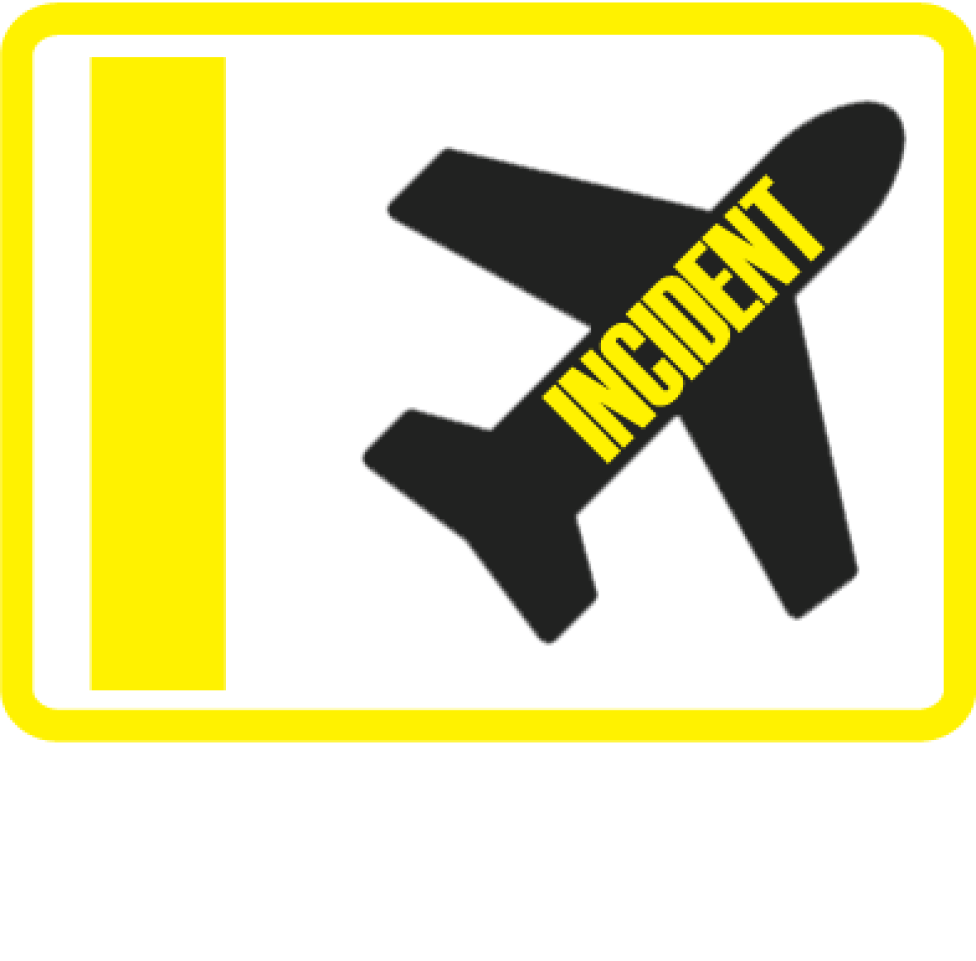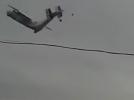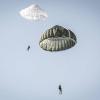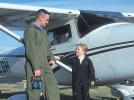Jetstar A321 at Cairns on Sep 3rd 2012, flap overspeed during go-around
A Jetstar Airbus A321-200, registration VH-VWY performing flight JQ-944 from Melbourne,VI to Cairns,QL (Australia), was on final approach to Cairns' runway 15 when the aircraft became unstable prompting the crew to initiate a go around from about 800 feet MSL. During the go-around the crew received a flap overspeed indication. The aircraft climbed out safely, positioned for another approach and landed safely about 10 minutes later.
Australia's ATSB reported on Sep 7th 2012 that an occurrence investigation has been opened into a momentary flap overspeed indication.
On Nov 3rd 2014 the ATSB released their final report concluding the probable causes of the incident were:
Contributory factors
- The first officer had a low level of expectancy that a go-around would be required and they were not mentally prepared to conduct the go-around manoeuvre.
- After conducting the initial steps of the go-around procedure, the first officer’s attention focussed on airspeed management and they did not retard the thrust levers to the climb detent in order to reduce thrust.
- After the initial breakdown in applying the go-around procedure, the crew was experiencing a high workload, which significantly limited their capacity to resolve the situation.
- When moving the flap selector to position 1, the captain paused at position 2 for a significant time period while they completed other tasks.
Other factors that increased risk
- All-engine go-arounds in modern air transport aircraft are often a challenging task when there is a requirement to level-off at a low altitude, and many pilots have had limited preparation for this task. (Safety issue) (Editorial note: emphasis added by ATSB)
- Due to a limited amount of sleep in the previous 24 hours, the captain was probably experiencing a level of fatigue that has been demonstrated to have an influence on performance.
The approach had been flown nicely, as the ATSB quoted the captain (more than 10,000 hours total experience and more than 5000 hours on type), pilot monitoring, commenting on the approach flown by the first officer (more than 5000 hours total experience, 400 hours on type), however, the first officer permitted the rate of descend to reduce putting the aircraft above profile as the aircraft descended through 500 feet AGL. The captain thereforce commanded a go-around.
The first officer complied, place the thrust levers into the TOGA detent, announced "Go Around" and rotated the aircraft to go-around attitude. The gear was retracted after establishing positive rate of climb. The first officer re-engaged autopilot 2. Climbing through about 700 feet AGL the autopilot activated the altitude capture mode to capture the selected altitude of 1500 feet MSL, the autopilot lowered the aircraft's nose in order to level off at 1500 feet, the thrust levers were still in the TOGA detent commanding the engines to go-around thrust, thus the aircraft accelerated.
The captain in the meantime announced the go-around to ATC and was offered to follow the publish ILS 15 missed approach procedure or join a visual left hand circuit to runway 15, the captain chose the visual circuit and was cleared "make a left circuit, not above 2000 feet, visual". Climbing through 1100 feet MSL the crew changed the lateral mode of the autopilot to heading select in preparation for the visual circuit, the aircraft accelerated through 180 KIAS (flap limit 195 KIAS).
Due to terrain ahead the first officer was concerned with making the left hand turn early, then noticed the speed was increasing and selected a speed limit into the master control panel, which however had no effect at the thrust levers were still in the TOGA detent commanding the engines to go-around thrust.
In an attempt to control the airspeed the first officer disconnected the autopilot and pulled the nose up, the captain reduced flaps from setting 3 to setting 2 which raised the flap limit to 215 KIAS, the first officer retarded the thrust levers for a brief moment taking them out of TOGA detent but placed them back into the TOGA detent again.
Climbing through 1800 feet the aircraft reached 215 KIAS, at that point the first officer placed the thrust levers into the FLX/MCT detent which reduced the engine power somewhat but did make the engines available to the autothrust system for speed control. The airspeed stabilized just above 215 KIAS, the overspeed warning activated and the aircraft climbed through 2000 feet MSL. The captain selected the flaps from 2 to position 1 increasing the flap limit to 235 KIAS which silenced the overspeed warning, took control of the aircraft and placed the thrust levers into the CL detent which finally activated the autothrust's speed control, which now commanded a substantial thrust reduction to the engines. About 70 seconds after the first officer had placed the thrust levers into the TOGA detent the aircraft peaked at 2700 feet MSL, the captain descended the aircraft back to 1500 feet, then handed controls back to the first officer to complete the left hand visual circuit and landing.
The ATSB reported the flap speed was exceeded by about 5 knots, an engineering inspection revealed no damage to the aircraft.
The ATSB analysed: "Overall, a go-around requires a methodical sequence of many actions by both the pilot flying and the pilot monitoring. During a go-around from low altitude, the aircraft transitions quickly from descending at relatively low thrust to climbing at high thrust with a changing configuration. The tempo of the sequence is relatively rapid compared to other normal in-flight manoeuvres, and tempo management and crew coordination take on even greater importance when planning to level off at a low altitude. It is widely agreed that the go-around procedure for the A320 fleet will flow well if performed correctly. However, it can be a challenging task and the crew can experience a high workload, particularly if there are disruptions to the procedure." and continued: "Go-arounds are rare events and therefore they are generally not expected. In this case, the fine in-flight conditions and the fact that the approach had generally been well flown further reduced the first officer’s expectancy that a go-around would be necessary. The first officer’s inexperience with the specific approach being flown and relatively low level of experience on the A321 probably also meant that they were directing some attention to these aspects and less attention to other preparatory tasks."
The terrain ahead (Photo: ATSB/Jetstar):
http://avherald.com/h?article=45583420














Komentarze